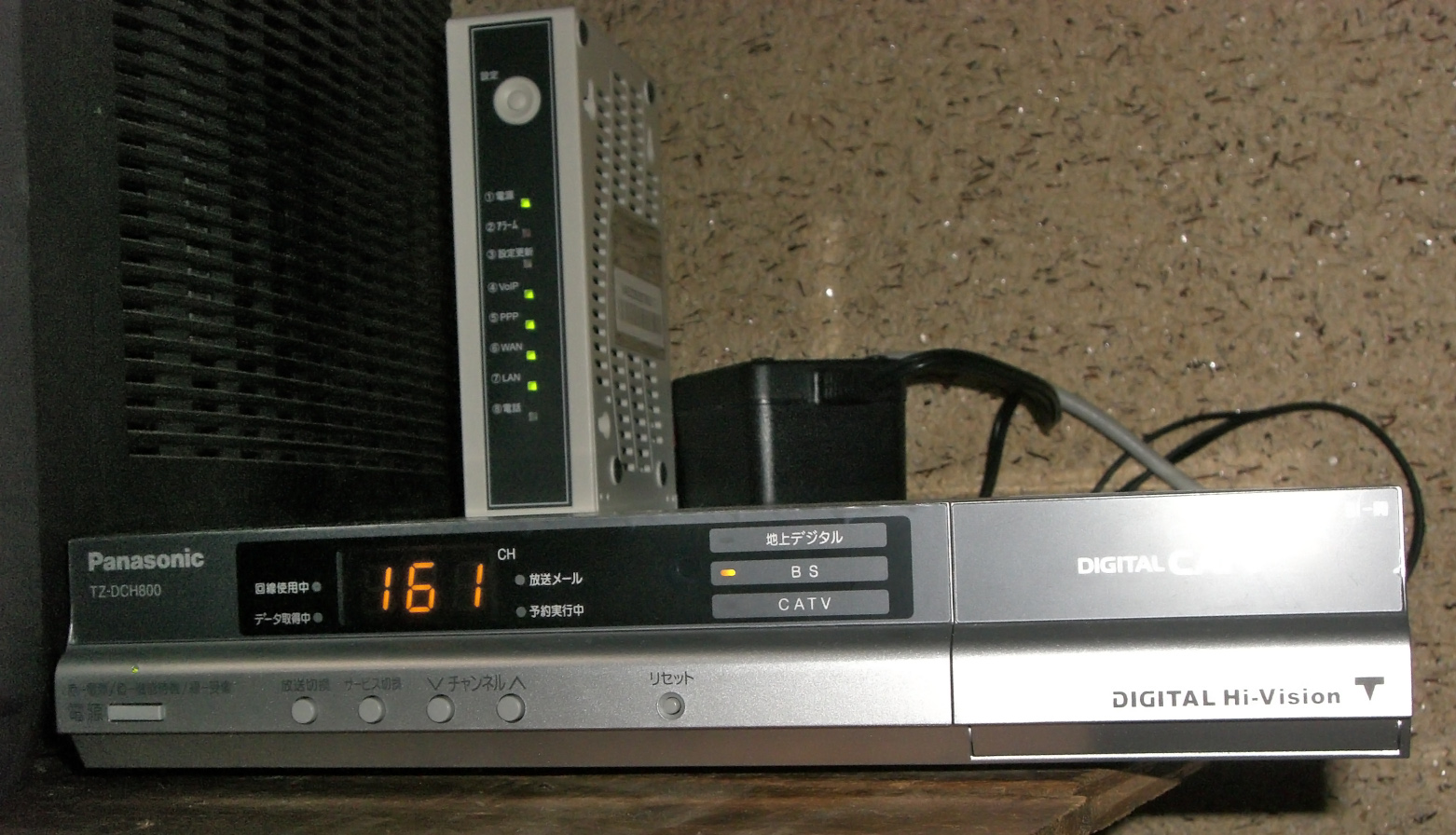Difference Between CATV and CCTV
Connecting all the components together is probably the most important aspect when installing a camera system. There are numerous options available when it comes to cabling. Most systems require the cameras to be directly connected to the control equipment with cabling. Some cameras may connect to the system via existing cabling connected to a local area network/ wide area network depending on the system and the application. Still most cameras are configured using coaxial cables. Coaxial cables are a type of copper cable ideally used for carrying analog video signals over distances.
There are four standard coax cables generally used for camera systems, with the most common being RG59, which is the industry standard cable for CCTV systems. Not all coaxial cable can be used for CCTV camera installations. There are other similar cables that can be used for other applications and are not interchangeable with CCTV cabling. There is yet another cabling called CATV which is identical to the CCTV cabling except the center conductor and shield are aluminum in CATV. The abbreviation CATV is generally used to describe cable television. CATV is one of the common cabling methods for transmitting television signals.

What is CATV (Cable Television)?
CATV, formerly called as Community Access Television, is now the present day cable television system. CATV is basically a television distribution system that uses a network of coaxial or fiber-optic cables to distribute multiple video channels in the VHF or UHF bands. Cable television system is not new. In fact, the first system was developed in 1948, only a few years after the broadcast of commercial television began in the United States. It consists of a large central antenna, amplifiers to boost the signal, and cables to connect to subscribers’ homes. This cabling system mimics the over-the-air RF broadcast signals received via a TV antenna, but FDM is used on a single piece of RF coaxial cable. High-quality CATV systems are now installed with fiber-optic cable for medium to long distances, and coax or fiber-optic cable for distribution within a building.

What is CCTV?
CCTV is mainly used to refer to a smaller closed system within a building or facility. CCTV is the abbreviation of closed circuit television. The ‘closed’ in the CCTV means the signal is not distributed or transmitted openly, but monitored closely among the authorized personnel. The signals from a camera are transmitted by a direct connection to the receiving equipment, such as a monitor. And this connection is made with coaxial cable but can also be made with fiber-optic cable or a single twisted-pair cable. The cable used with a CCTV system must be a copper center conductor with a foamed or insulated dielectric and copper shield. RG59 coaxial cable is the industry standard cable used in CCTV systems. Shielding for CCTV cable should have a copper or tinned-copper braid of at least 80% coverage, for low-frequency noise rejection.
Difference between CATV and CCTV
System
– CCTV is the abbreviation of closed circuit television whereas CATV refers to cable television system. CCTV is mainly used to refer to a smaller closed system within a building or facility in which video signal obtained from one or more cameras is sent to one or more monitors through coaxial cables. CATV, short for cable television, on the other hand, is basically a television distribution system that uses a network of coaxial or fiber-optic cables to distribute multiple video channels in the VHF or UHF bands. CATV is one of the common cabling methods for transmitting television signals to subscribers’ homes.
Cable
– CCTV is a baseband signal comprised of low-frequency vertical and horizontal sync pulse information and high-frequency video information. As the signal is broadband, the only cable with a center conductor of solid copper must be used. RG59 coaxial cable is the industry standard cable used in CCTV systems. Modern CATV broadband cable uses a foamed polyethylene or foamed FEP (fluorinated ethylene propylene) dielectric. RG-6 is the most common type of coaxial cable used for home and commercial cable television systems.
Shielding
– The most common type of shielding for CCTV systems is a braided shield – it should have a copper or tinned-copper braid of at least 80% coverage, for low-frequency noise rejection. If an aluminum foil shield is used in conjunction with a braid, either aluminum or tinned copper should be used for the shield. CATV broadband cable, on the other hand, should have a foil shield for good high-frequency noise rejection. It must have a braid shield to give the connector something to grab onto. The most common is the 40% to 60% aluminum braid. RG6 is the standard 75 ohm coax cable for distributing signals from CATV.
CATV vs. CCTV: Comparison Chart

Summary
High-quality CATV systems are now installed with fiber-optic cable for medium to long distances, and coax or fiber-optic cable for distribution within a building. CCTV, on the other hand, refers to a smaller closed system within a building or facility in which video signal obtained from one or more cameras is sent to one or more monitors through coaxial cables. RG59 coaxial cable is the industry standard cable used in CCTV systems whereas RG6 is the standard 75 ohm coax cable for distributing signals from CATV.
- Difference Between Caucus and Primary - June 18, 2024
- Difference Between PPO and POS - May 30, 2024
- Difference Between RFID and NFC - May 28, 2024
Search DifferenceBetween.net :
Leave a Response
References :
[0]Ballou, Glen. Handbook for Sound Engineers. Abingdon, United Kingdom: Taylor & Francis, 2013. Print
[1]Matchett, Alan. CCTV for Security Professionals. Oxford, United Kingdom: Butterworth-Heinemann, 2003. Print
[2]Meurant, Gerard. CCTV Surveillance: Video Practices and Technology. Amsterdam, Netherlands: Elsevier, 2013. Print
[3]Image credit: https://pxhere.com/en/photo/1448067
[4]Image credit: https://commons.wikimedia.org/wiki/File:Set-top_box_(CATV,_Keihan_Cable_TV).jpg
